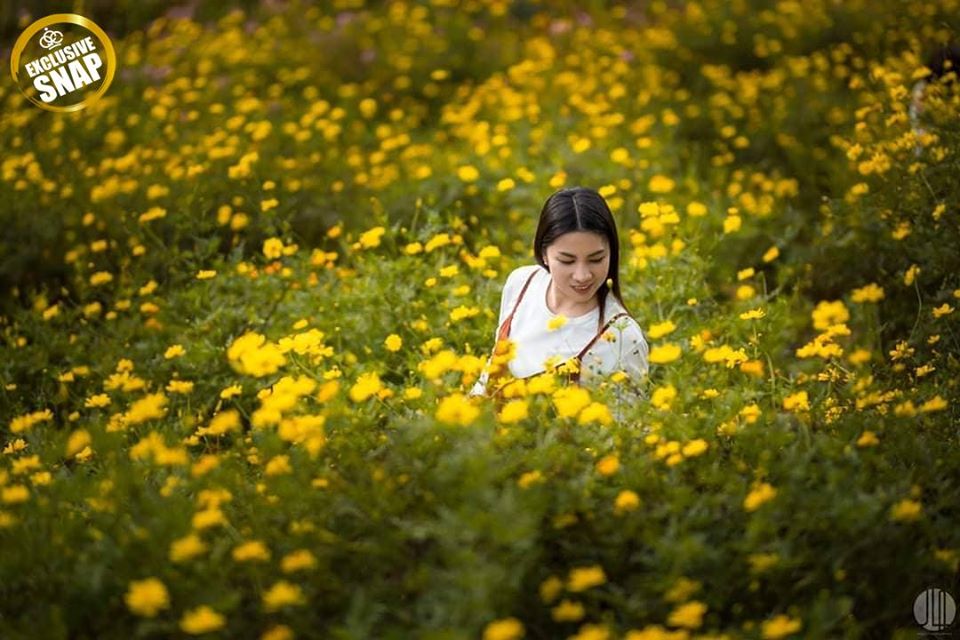
Needless to say, trees and plants have been providing us, human beings, with an unthinkable number of benefits. These indispensable resources have been playing a major role in our lives without us knowing – from giving us oxygen, stabilizing our soils, providing us with raw materials for our basic needs, and giving life to our wildlife.
In this time of the pandemic, people have been slowly going back to their roots. Beyond the ‘plantita’ and ‘plantito’ trend, many have naturally cultivated their love for planting ornamental, herbal, and edible plants. Some have flourished their gardens and went tree growing.
5 Interesting Benefits of Trees and Plants
Here are some other interesting benefits of trees and plants to people and communities.
Aside from aesthetics, plants and trees on roadsides serve as a natural cooling system for many cities. Some countries may have successfully adopted the heat-absorbing asphalt and cool pavements to at least lower urban temperature, truth is: by removing a substantial number of our trees and replacing them with roads and buildings make our cities much warmer.1
Immersing oneself to nature, particularly to trees and plants, is good for both physical and mental wellbeing. Forest bathing (or shinrin yoku) has been an accepted part of Japanese preventive health care because of the mental, physical, and spiritual health benefits it brings to people. It has been known to reduce stress, improve mood, unleashes creativity, and reduces high blood pressure.2
Going on hikes in the forests and exposing oneself to the wilderness can enhance human health and wellbeing – even prevent illness at a fraction of the cost of medical interventions.3 Health practitioners in Europe and Japan have been greatly putting emphasis on forest bathing. In fact, in a study conducted by Qing Li, a Japanese shinrin yoku researcher, it was found out that trees and plants emit ‘phytoncides’ – which are reported to enhance human natural killer cell activity and intracellular anti-cancer proteins in lymphocytes.4
Struggling with online learning and tests? Studies have demonstrated how the presence of trees and plants can actually affect children’s attention and test scores.5 On the research conducted by the associate professor in the Department of Natural Resources and Environmental Sciences at Illinois, Ming Kuo, it was found out that the more trees cover around the school, the better its standardized test scores in both math and reading. This points out that the more exposed learners are to nature, the more they improve their concentration, classroom engagement, and less disruptive behavior.6
With travel restrictions and lockdowns implemented in a lot of places around the country (and in other countries too!), the concerns on mental health have been collectively growing these days. In most cases, living in a very dense urban environment may increase stress levels; however, a short interaction with the natural world may help mitigate these negative feelings according to the study published in Sustainable Earth in 2018.7 This means that even just for a moment, even if we are advised to stay at home, exposing ourselves to nature – be it our plants in our house or trees near our area – can significantly affect the reduction of depression and anxiety.
You see, plants and trees play a big role in our lives. However, like how vulnerable we are to the COVID-19 virus, so as our trees with the many threats that we, human beings, have brought upon these assets. We need to take part in preserving our resources by planting more trees (and making sure that they grow), protecting our old forests, and restoring those that have been partially developed. Let us keep in mind that the environment we have right now is not ours for the taking; as the famous transcendentalist Ralph Waldo Emerson puts it: we do not inherit the Earth from our ancestors, we borrow it from our children.
References:
1 The Problem with ‘cool pavements’: they make people hot. https://www.bloomberg.com/news/articles/2019-10-03/reflective-pavement-may-be-less-cool-than-it-seems
2 Forest Bathing benefits. https://www.forestholidays.co.uk/things-to-do/forest-bathing/benefits/
3 Sanchez-Badini O, Innes JL. La forêt et les arbres : une perspective de santé publique [Forests and trees: A public health perspective]. Sante Publique. 2019 May 13;S1(HS):241-248. French. doi: 10.3917/spub.190.0241. PMID: 31210483.
4 Li Q, Kobayashi M, Wakayama Y, Inagaki H, Katsumata M, Hirata Y, Hirata K, Shimizu T, Kawada T, Park BJ, Ohira T, Kagawa T, Miyazaki Y. Effect of phytoncide from trees on human natural killer cell function. Int J Immunopathol Pharmacol. 2009 Oct-Dec;22(4):951-9. doi: 10.1177/039463200902200410. PMID: 20074458.
5 Jessica B. Turner-Skoff. The benefits of trees for livable and sustainable communities. https://doi.org/10.1002/ppp3.39
6 Ming Kuo, Samantha E Klein, Matthew HEM Browning, Jaime Zaplatosch. Greening for academic achievement: Prioritizing what to plant and where. Landscape and Urban Planning, 2021; 206: 103962 DOI: 10.1016/j.landurbplan.2020.103962
7 McDonald, R.I., Beatley, T. & Elmqvist, T. The green soul of the concrete jungle: the urban century, the urban psychological penalty, and the role of nature. Sustain Earth 1, 3 (2018). https://doi.org/10.1186/s42055-018-0002-5